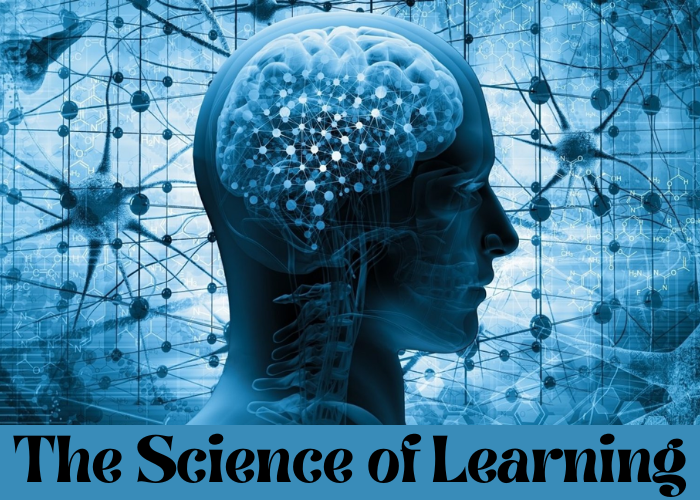Learning is a complex process that involves the brain, memory, and other parts of the nervous system. We’ll explore how each works together in order for us to learn new things as well as ways we can strengthen our memory and learning abilities.
The Brain Is a Complex Network of Neurons
The brain is made up of billions of neurons and these neurons communicate with each other through synapses. Synapses are the connections between neurons, which allow them to pass on information from one neuron to another. The brain is a complex network of interconnected cells that function together to process information.
This means that each time you learn something new, your brain must rewire itself so it can understand what’s going on in front of you or behind you. To do this effectively, your mind must create new pathways for communication between all those different parts of your brain, allowing each region involved with learning something new to communicate effectively with other regions involved in processing information from outside sources such as books or lectures etcetera.
Memory Is the Ability to Recall Past Experiences, Thoughts, and Feelings
Memory is the ability to recall past experiences, thoughts, and feelings. This can be done through memory or imagination. Memory is not a video recorder that records everything we see or hear in one moment and then stores it for later use. Instead, it’s a complex process that involves storing information in our brains so we can retrieve it later on if needed (e.g., when trying to remember something).
There are several different types of memories involved here: sensory (what you see), short-term (your first impressions), long-term (your favorite movie), episodic (the details of an event) and semantic (facts). Some people also have autobiographical memory which includes both episodic and semantic memories; this type is more like what most people think about when they think of “memory.”
Learning Is a Process of Strengthening Neural Connections Between Neurons
Learning is a process of strengthening neural connections between neurons that occur when something new is learned. Neurons are the basic building blocks of the nervous system, and they communicate with each other through chemical messengers called neurotransmitters. When you learn something new, your brain creates more connections between neurons in your hippocampus (the part of your brain associated with memory) than it did before you learned what you were learning. That means that when it comes time to memorize or recall this information later down the road (or immediately), there will be an easier path for those signals from one neuron to another due to these newly-formed pathways, a phenomenon called synaptic plasticity .
The Hippocampus Is Responsible for Our Ability to Learn New Things
The hippocampus is the part of your brain that helps you learn new things, particularly spatial information like where an object is located or where we are in relation to other objects.
The hippocampus is a region of the medial temporal lobe (MTL), found at the very back of your head on both sides of your brain. It’s important for learning and memory, so if you want to remember something new like a song lyric or math formula, your hippocampus will help you do that!
It also plays a role in episodic memory, which means it processes information related to specific events; this type of memory gets stronger over time because our brains are constantly creating new associations between old experiences and new ones as they occur.
It’s Important to Note That Learning Can Happen Without Conscious Thought
Learning is a process of strengthening neural connections between neurons that occur when something new is learned. When we learn something new, the brain must change in order to make those connections. The brain is a complex network of neurons that function together in order to process information and remember things.
Memory is the ability to recall past experiences, thoughts, and feelings. It’s also called declarative memory because it can be actively recalled; for example: “I know this song by heart.” Declarative memory differs from non-declarative or implicit learning because declarative information is explicit; you may not be able to explain how you know it but your brain knows it nonetheless!
There Are Many Different Ways That Your Memory
The brain is a complex network of neurons that function together in order to process information. Learning is a process by which your brain strengthens neural connections between neurons that occur when something new is learned.
This means that there are many different ways that your memory and learning work together in order for you to learn new things:
- You can remember things by having some sort of mental image or video clip playing in your mind’s eye when you try to recall something; this is called “semantic encoding” because it involves using words associated with actual events as pointers.
- You can also use visual clues like colors or shapes when trying to recall an item; this type of encoding happens subconsciously without any help from conscious thought processes so much like how we recognize familiar faces even though they’ve never been seen before! It makes sense then why certain colors look similar enough while others don’t, they just evoke different feelings within us each time we see them!
Conclusion
There are many different ways that your memory and learning work together in order for you to learn new things. The hippocampus is responsible for our ability to learn new things, particularly spatial information like where an object is located or where we are in relation to other objects. It’s important to note that learning can happen without conscious thought!








Leave a Comment